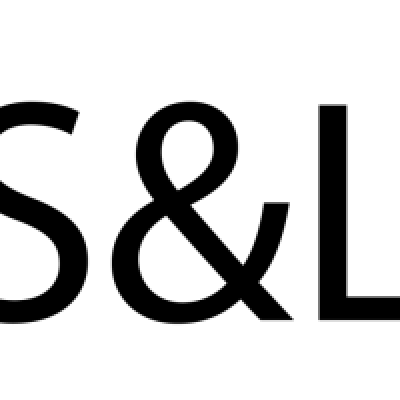Share
Print

Smart & Lean creates innovative solutions for practice-oriented challenges that improve real-life processes and value chains. We apply research and innovation methodologies that are based in data and evidence, are practical and are rooted in Lean and Lean Six Sigma principles.
If a pilot platform is needed, please consider Finland and Vesivehmaa.
ATM application-oriented research for the aviation Green Deal
TOPIC ID: HORIZON-SESAR-2023-DES-ER2-WA2-3
Programme: Horizon Europe Framework Programme (HORIZON)
Call: Digital European Sky Exploratory Research 02 (HORIZON-SESAR-2023-DES-ER-02)
ExpectedOutcome:
Project results are expected to contribute to the following expected outcomes.
Environment: the proposed solutions are expected to contribute to the achievement of the objectives of a 55 % reduction in greenhouse gas emissions by 2030 and net-zero greenhouse gas emissions by 2050, by maturing concepts enabling optimal and optimum green trajectories, thus reducing CO2 and non CO2 emissions, as well as contributing to new and up-to-date models to tackle emissions and noise and improve local air quality.
Capacity: the proposed solutions are expected to improve airspace capacity through the identification of optimal and environmentally friendly flight trajectories, taking also into consideration the new entrants (e.g., U-space flights).
Cost-efficiency: saving fuel for airspace users will reduce CO2 emissions and related costs for emission allowances.
Scope:
The challenge is to design and develop concrete innovative applications (that are already TRL1, achieved within SESAR programme or outside) that aim at achieving the objective of net-zero greenhouse gas emissions by 2050 set by the European Green Deal, in line with the EU’s commitment to global climate action under the Paris Agreement. The proposed solutions shall demonstrate their potential to accelerate the shift to smarter and more sustainable mobility, to improve the fuel efficiency and reduce the emissions (both CO2 and non-CO2) generated by ATM operations and increase the understanding of the climate impacts of aviation to better anticipate them and take adaptation measures. The challenge includes the adaptation of the route charging scheme to take into consideration the green deal objectives and how to enable the definition of globally harmonised policies and regulations to support climate-friendly flight operations. The challenge includes as well the development of innovative ideas to accelerate decarbonisation of ATM through the integration of energy, transport and digitalisation platforms that are at the base of the green transition.
The SESAR 3 JU has identified the following innovative research elements that could be used to achieve the expected outcomes. The list is not intended to be prescriptive; proposals for work on areas other than those listed below are welcome, provided they have already successfully achieved TRL1 (within SESAR programme or outside) and include adequate background and justification to ensure clear traceability with the R&I needs set out in the SRIA for the aviation green deal flagship.
Multi-scale multi-pollutant air quality systems. Development of solutions for the evaluation of the impact that the air traffic regulation policy options can have on the environment and climate. The proposed solutions should be able to follow the fate of aircraft emissions in the atmosphere on both the global/regional scale (e.g., transport of pollutants from the troposphere to the stratosphere, impact onto the radiative properties of the atmosphere, ozone production, etc.), and on the local scale (e.g., impact close to an airport area during landing and take-off phases). The main area of applicability of such a solution is to support the aviation community in estimating the extent of the environmental impacts that current and future air traffic movements might have. Research shall address integration and optimization aspects to reduce the overall computational time and human errors (R&I need: optimum green trajectories). Research shall take into account the output of project CREATE.
Please, visit the following page to get more information regarding this call.
